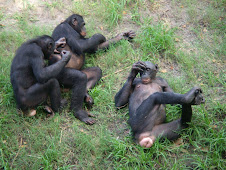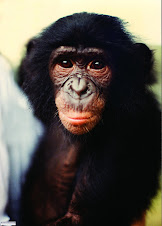 From Grains of Golden Sand, 1991:
From Grains of Golden Sand, 1991:"I heard zinging as the bullets flew overhead and I started running toward the buildings. I must have looked foolish. Terrified, I sprinted, crouching, thinking to make a smaller target for the ricocheting slugs.
Then I saw the cattle egrets directly overhead, winging their way to the rookeries as they did every evening about this same time. It was just a small glance, seized in fright. The bullets flying by did not faze them. The birds never faltered, their graceful snake-like necks folded back, their wings sure and steady. Suddenly for me, time expanded, quivered, then stopped. Cattle egrets....
I was a Peace Corps volunteer. There was a knocking at the door. Another interruption in my afternoon of classroom preparation.
Two boys, shy, eyes downcast, proffering between them three live cattle egrets. To eat. I refused to buy but hefted one to measure the meat at the price. The bird was amazingly light, offering nothing more than long white feathers on a scant frame. Yellow gaze unblinking, it stared balefully at me, not comprehending its fate. Maybe four ounces of flesh, double that if one ate the innards, head, feet, and bones, as people here were wont to do. "How do you catch them?" I queried. "They haven't a mark on them."
The next day, I went to the school soccer field. There, I saw, on hands and knees, a "herd" of schoolboys, moving slowly in the grassy yard. Each of the six had draped a sheet over his back. Perfectly, they mimicked ruminants, head up, then down, then move forward, then stop, then graze again. Moving cautiously among them was a group of cattle egrets, fooled into believing they were with sheep or goats, snatching insects that the boys stirred up by studied pawing of ground. After much waiting, there was a lunge with bare hands. But this time the birds were too quick. They billowed up, escaping doom, and flew directly over my head, squawking in irritation."
Cattle egrets have evolved to follow both wild and domestic herds to eat the insects that the animals disturb. They have also learned to flock to agriculture equipment moving about fields for the same purpose. The students used their knowledge of the birds' natural feeding strategy to capture them.
Image Credit: URL Image, http://www.ecuador-travel.net/biodiversity.birds-egret5.jpg













No comments:
Post a Comment